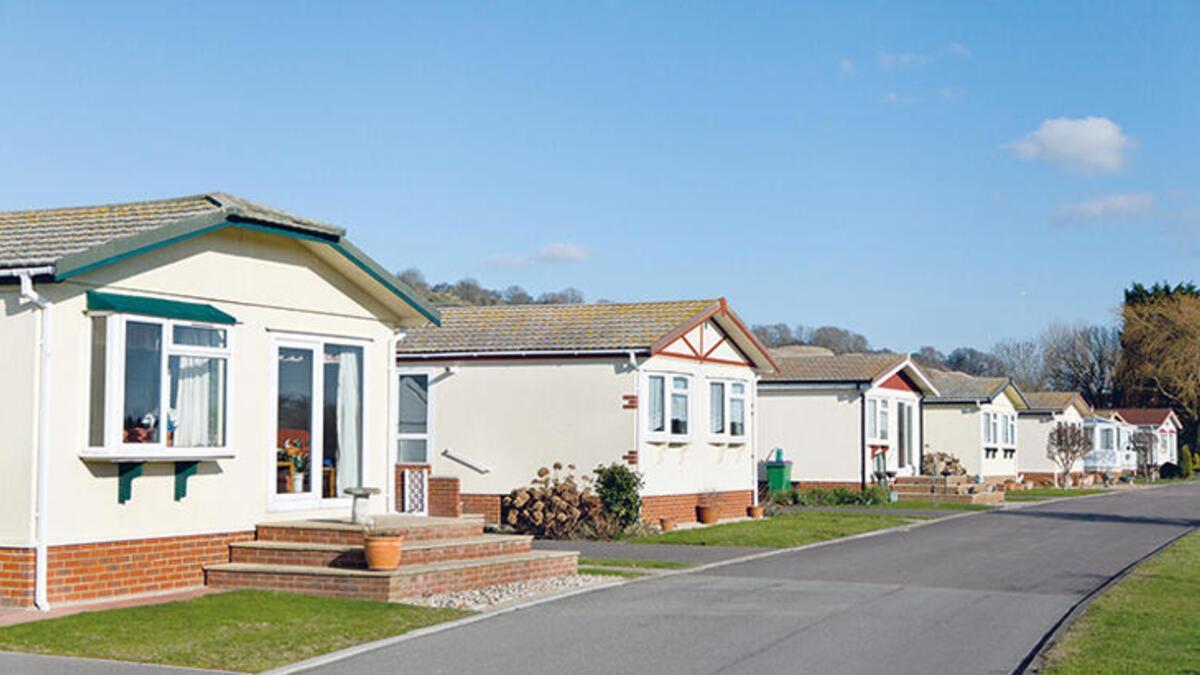
The increase in demand for prefabricated houses has caused the prices of demountable structures for sale in Turkey’s Aegean coast to increase by 40 percent in two weeks, after a magnitude-6.6 earthquake that shook the region on Oct. 30.
Prefabricated houses, which were offered for sale at a price between 70,000 and 100,000 Turkish Liras ($9,000 – $12,750) in İzmir province before the earthquake that killed 114 people, are now appearing to buyers for sale for 150,000 to 200,000 Turkish Liras ($19,000 – $25,500), according to Rıdvan Akgün, the chairman of the İzmir Real Estate Club.
“İzmir residents are looking for a parcel or plot of land for prefabricated housing. Due to this, supply and demand increased,” Akgün said.
Noting that the prices of detached houses also increased after the earthquake, Akgün stressed that the prices of villas increased by almost 50 percent in the same time period.
“We see that the villas, which were sold for 1 million Turkish Liras [$127,000] two weeks ago, are now being sold for 1.5 million Turkish Liras [$190,000],” he added.
Soil liquefaction poses danger to Istanbul
Meanwhile, experts have warned for an immediate need to take precautions against an expected big Marmara earthquake, noting that one of the biggest risks is “soil liquefaction.”
Oğuz Gündoğdu, a geophysicist from Istanbul University, says lands reclaimed from the sea, especially coastal promenades and Istanbul’s Avcılar district, are under high risk due to soil liquefaction.
Gündoğdu said buildings in the city need to be inspected for the ground they are built upon, citing a heightened risk.
“Liquefaction aggravates waves of tremors and affects the balance of buildings. Istanbul’s Avcılar and Ataköy settlements are particularly risky areas. We see what happened in the 1999 earthquake where a coastal strip, reclaimed from the sea, was shattered and collapsed back into the sea,” he said.
Nusret Suna, the head of Istanbul Chamber of Construction Engineers, also warns that the roads built on areas reclaimed from the sea may also pose a risk.
Suna said any extraordinary movement, tremors or vibrations cause ground with soil liquefaction to lose its capability to carry the load above, namely, buildings.
“This is not the case for all of Istanbul, but liquefaction risk exists especially in areas with alluvial soil, sandy ground and areas where underground water levels are high,” he said.
Following the Marmara earthquake in 1999, soil liquefaction has been a pressing issue Turkish experts having been calling on authorities to look into.
More than 17,000 people were killed in 1999 when a 7.4-magnitude quake struck the western city of İzmit, 90 kilometers southeast of Istanbul.